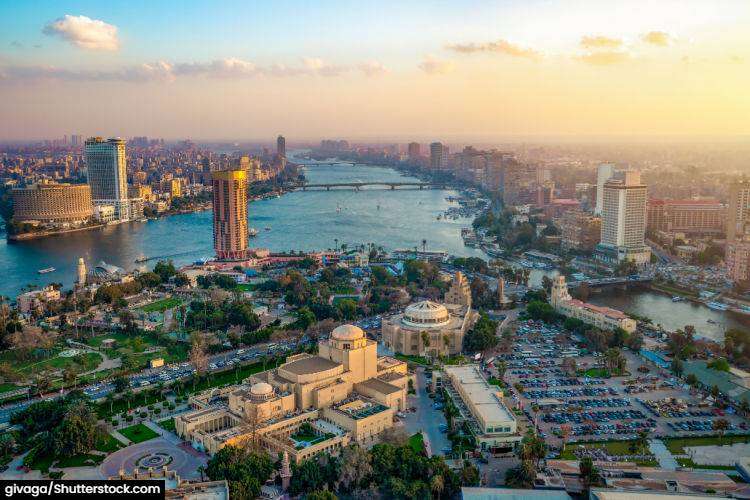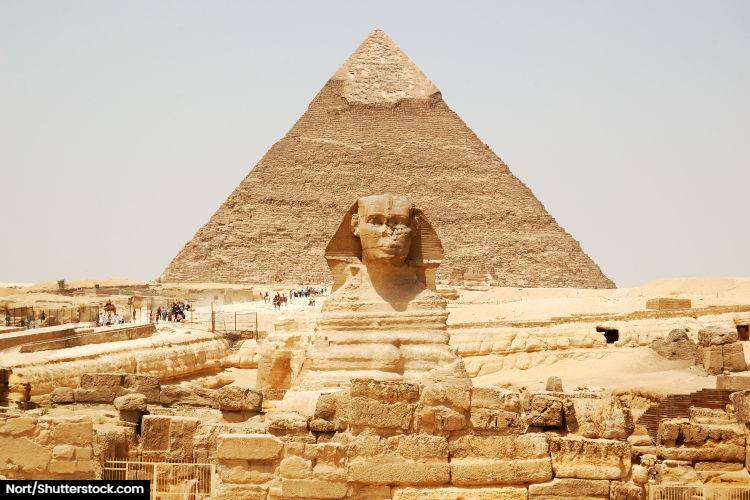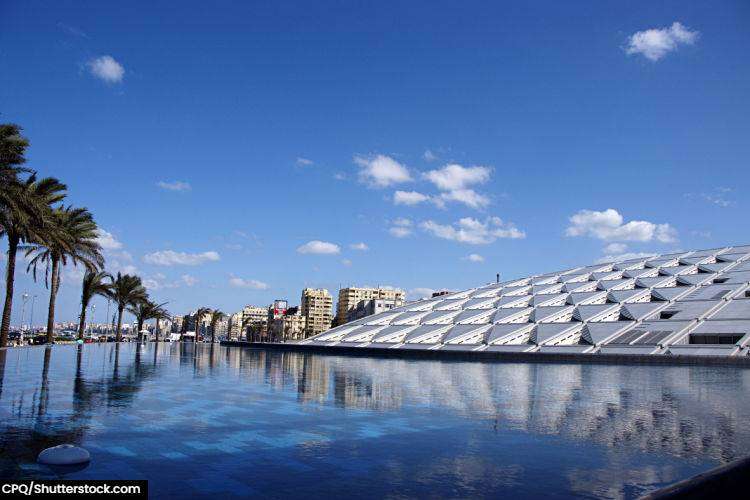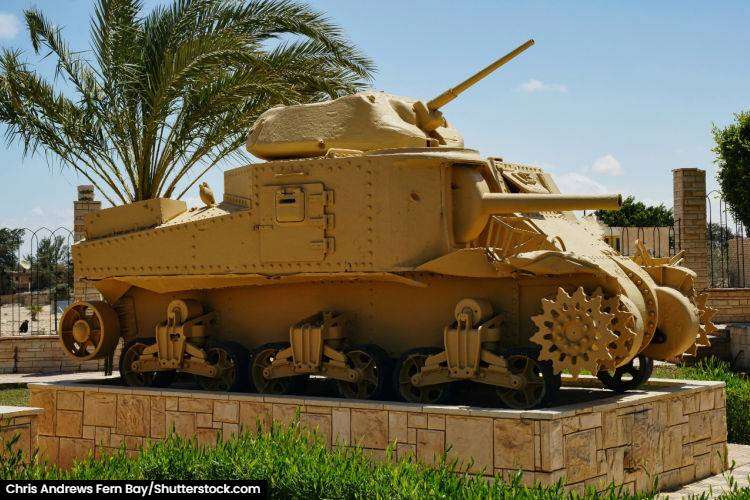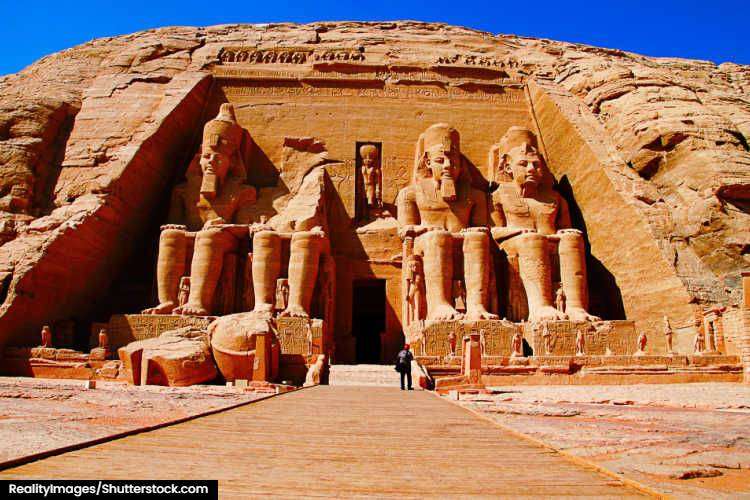1. Coptic Cairo – The center of Egypt’s Christian population is the site of churches, monasteries, and some of the oldest areas of Cairo.
2. Zamalek – One of the up-market areas of Cairo with leafy boulevards, populated with high-end hotels and embassies, as well as numerous shops and art galleries.
3. A Cruise on the Nile – An unforgettable experience, especially as dusk starts to set in over the vast city and the Egyptian skies reveal the sparkling stars.
4. The Egyptian Museum – Soon to be replaced by a new state-of-the-art facility, the Egyptian Museum contains a treasure trove of Pharaonic history. From mummies to burial masks, the sites inside will take you back thousands of years.
5. Islamic Cairo – A maze of street vendors, markets, and mosques, this fascinating area in the East of the city contains the Citadel from which the Egyptian leaders ruled for hundreds of years.
Then, of course, we have the Pyramids, one of the great ancient wonders of the world and perhaps the most awe-inspiring. The largest and most commonly known is the Great Pyramid of Giza, estimated to have been built in the 26th century BC for the Pharaoh Khufu. It is flanked by several smaller pyramids, including the almost as impressive Pyramid of Khafre. This backdrop is spectacular, to say the least. Between the two largest pyramids is the Sphinx, a beguiling site that still attracts rumors and intrigue about its creation and purpose.
As you would expect at a site as majestic as the Pyramids, there are a vast number of tourists and, in turn, touts and hawkers. The political challenges in Egypt and restrictions on travel due to COVID-19 have limited numbers of late, but tourists will return in due course. However, it is possible to find solitude at the Pyramids by walking on foot around the main Pyramids 500 meters to 1 km out, but just be mindful of the heat. Alternatively, you can take a camel ride; don’t expect to be comfortable!
As an alternative to the Pyramids at Giza, you could visit some of the less well-known and popular pyramid sites that are to the South of Cairo at Dahshur. The best preserved of these are the Red Pyramid and the Bent Pyramid, which make up in character for what they lack in size. You’ll also find an absence of touts and hawkers, which makes the experience more authentic and enjoyable.

